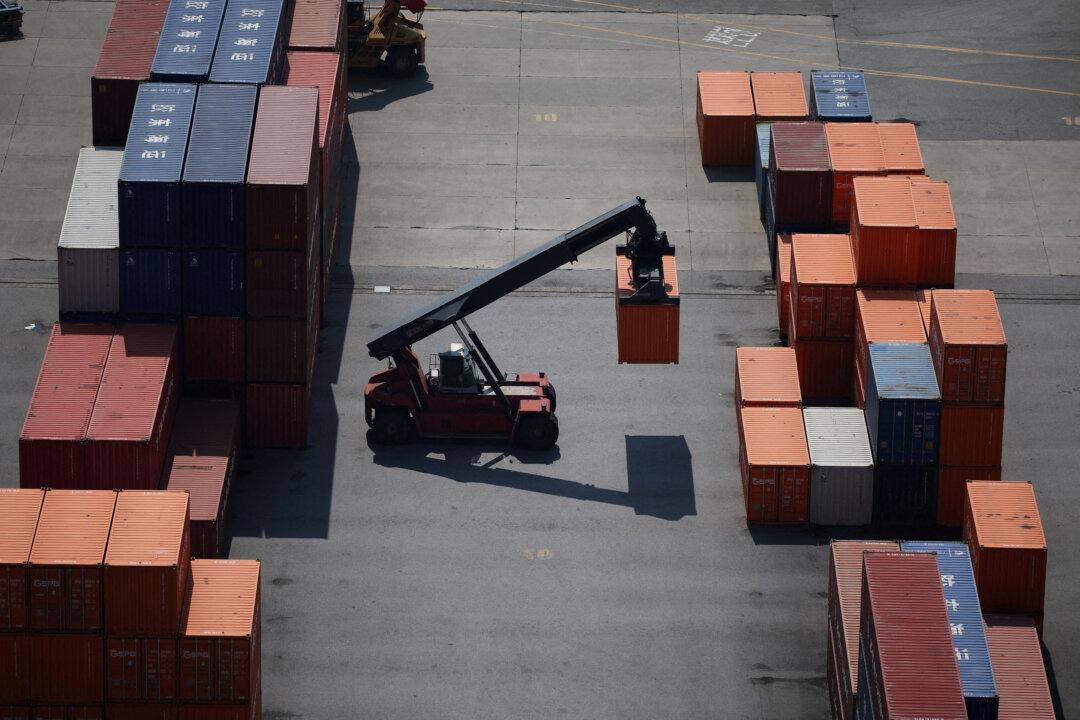The United States will deploy more bombers, fighter jets, and warships to the Middle East in a bid to enhance its military posture as a carrier strike group prepares to depart, the Pentagon stated on Nov. 1.
Ryder said that these additional forces are expected to arrive in the coming months as the USS Abraham Lincoln carrier strike group departs the region.
“These movements demonstrate the flexible nature of U.S. global defense posture and U.S. capability to deploy world-wide on short notice to meet evolving national security threats,” he stated.
Ryder said the Pentagon chief “continues to make clear that should Iran, its partners, or its proxies use this moment to target American personnel or interests in the region, the United States will take every measure necessary” to defend its people.
The United States has sought to boost its military presence in the region as Israel has continued its ground offensive operation against Hamas in Gaza while also retaliating against Iranian-backed Hezbollah in Lebanon.
Israel also launched retaliatory strikes on military targets in Iran on Oct. 26, which sparked concerns that regional tensions could further escalate as Iran has threatened to retaliate.
The Israel Defense Forces said that the Oct. 26 strikes were a response to “months of continuous attacks” from the Iranian regime against Israel. Iran launched nearly 200 ballistic missiles into Israel on Oct. 1, although many were intercepted by Israeli missile defenses with assistance from U.S. naval destroyers.
Tensions between Iran and Israel escalated after the Hamas-led attack against Israel on Oct. 7, 2023, in which more than 1,200 people were killed and about 250 people were taken hostage. Israel launched retaliatory strikes in Gaza later that day. The Gaza Health Ministry, which is under Hamas control, said that Israel’s military action in Gaza has led to more than 43,000 deaths to date.







